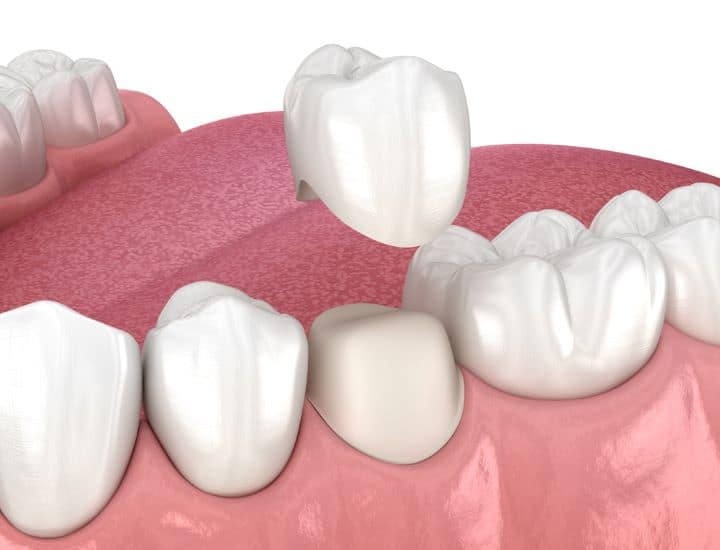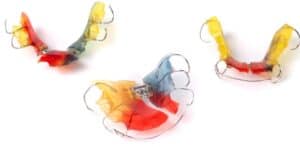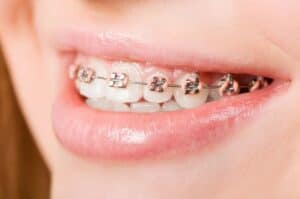Missing teeth are a common problem and have several solutions. Dental bridges are one of them.
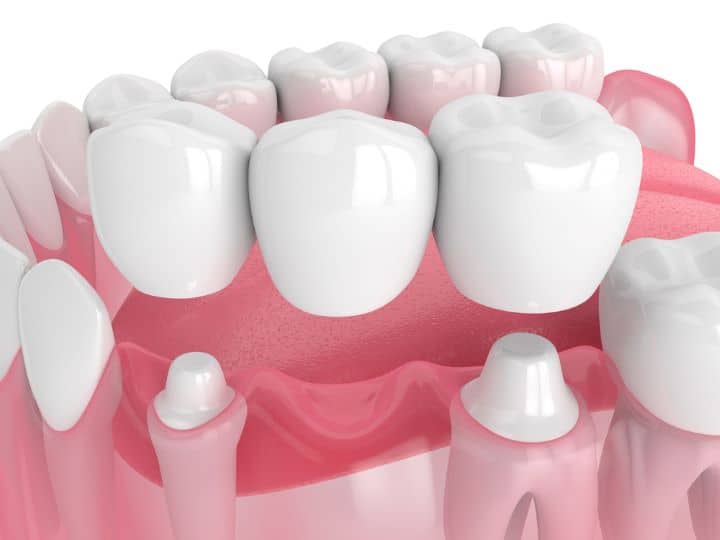
A dental bridge is a prosthesis that is used to bridge the gap between the teeth when you have lost your tooth or teeth due to caries or periodontal diseases.
It’s a false tooth that’s held in place with the support of neighboring teeth on either side. The purpose of dental bridges is to restore function and aesthetics as per the needs of the patient.
To do so, it is necessary to prepare the adjacent teeth that will serve as the pillars for the bridge.
Once the pillars are prepared, impressions will be taken to create a mold in which the bridge will be constructed outside the patient’s mouth.
Once the bridge is ready, it will be cemented on the pillars with dental cement.
Let’s get into a detailed guide about dental bridges.
What are Dental Bridges?
Losing a tooth is scary without a natural prosthetic solution. One such solution is a dental bridge. Greater than 15 million Americans have chosen dental bridges and dental crowns to replace the missing tooth.
Dental bridges are also known as fixed partial dentures and are made up of two parts:
#1 – Abutments:
These are the pillars of the bridge that support the pontic (dental crown). The abutments can either be your natural teeth or dental implants, and these exist on either side of the missing space.
#2 – Pontics:
The artificial dental crown that bridges the gap between the abutments is called the pontic. It can be one or many, depending on the number of missing teeth.
The negative effect of tooth loss can greatly affect your confidence, appearance, and function. Without a tooth or teeth, it would be difficult to chew, speak, and smile.
To restore it, dentists recommend dental bridges that are made up of a variety of dental materials and can be selected based on your requirements and oral condition. It can help restore the natural shape and volume of the face while restoring the function of your oral cavity.
What If You Don’t Get the Teeth Gap Filled?
The consequences are adverse:
#1 – Your appearance may be compromised if you have a wide grin and a gap in your smile. You may feel underconfident and may go about finding ways to cover your missing space with your hands whenever you smile.
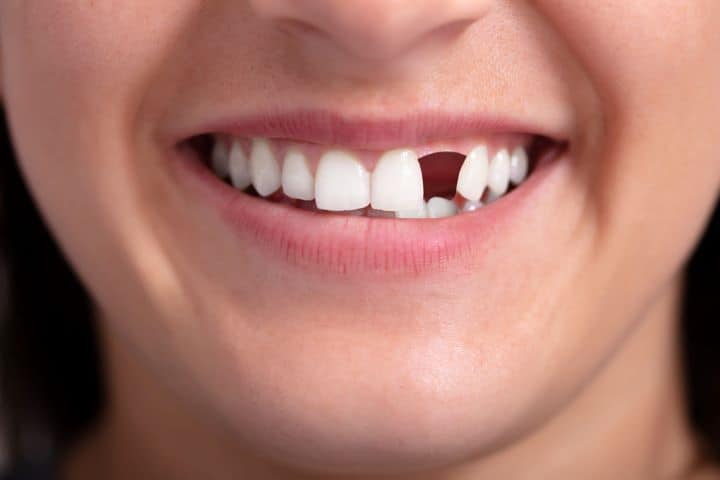
#2 – Teeth tend to drift ahead (mesially). Sooner, your gap will shrink, and you’ll no longer have enough space to receive a prosthetic crown or an implant. This will cause spaces among the other teeth in the arch as well, causing food impaction and other problems.
#3 – Timely teeth replacement can help restore the function and integrity of the oral cavity. You may not need to go for intense procedures like root canals of neighboring teeth to receive a bridge.
Are You A Candidate For A Dental Bridge?
Dental bridges come second to dental implants whenever a dentist decides to give you a restoration. Your dentists will give you a bridge if:
1) If your pillar teeth need a dental crown and are strong enough to bear the load of the pontic.
2) If you’ve less finances and can’t cover the cost of a dental implant.
3) If you are hesitant to undergo a minor surgical procedure to place the titanium implant screw inside the bone.
Four Types of Dental Bridges
There are four main types of dental bridges:
#1 – Conventional / Traditional Dental Bridges
A traditional bridge holds the pontic in place with the support of dental crowns on the pillar teeth.
The pontic and dental crowns are made into a single unit with the help of connectors.
It’s the most popular type of dental bridge and is fixed-fixed / fixed-movable. Your dentist will provide you with the bridge, considering your needs.
#2 – Cantiliver Dental Bridge
These bridges have a Cantilever design and are supported with a single pillar of teeth. You just need one neighboring tooth to support the pontic.
This one is viable only in cases when you have lost your little lateral incisor, which can get great surface support through the canine.
The little incisor is also freed from heavy forces and is the best to support a Cantilever bridge design.
#3 – Maryland Dental Bridge
Other bridges, like the Rochette Dental Bridge and Virginia Dental Bridge, are very similar to the popular Maryland Bridge.
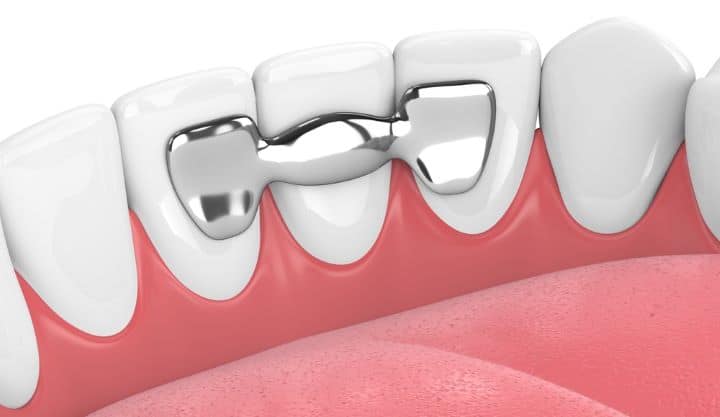
It’s an adhesive-supported bridge with a metal plate extending on the pillar teeth. You don’t need to have a dental crown on the pillar tooth.
Again, the best application of such bridges is in restoring the lateral incisor, which doesn’t demand extensive pillar support.
#4 – Implant Supported Dental Bridge
As the name suggests, the pillars for such dental bridges are the implants instead of natural teeth. This is, so far, the strongest and durable bridge system.
Dental Bridge Materials
There are a variety of materials that are used in preparing dental bridges, considering factors like strength, cost, and aesthetics to deliver the right type of bridge to you according to your needs.
1) Metal Only
Metal-only dental bridges are made up of metal alloys like stainless steel to provide absolute strength to the prosthesis. These are highly preferable in posterior teeth where the metallic pontic and retainers are not visible in the smile.
2) Ceramic only
Porcelain, ceramic, and zirconia are the materials used to mimic the natural teeth. These are aesthetically pleasing materials. But these are costly as the work involves costly machinery like CAD/CAM.
3) Porcelain fused to metal
PFM crowns are cost-effective yet have much better strength than porcelain alone.
The Dental Bridge Procedure
- Initial consultation with your dentist
Your initial consultation with the dentist will help you know about your needs for dental bridges. He’ll evaluate your oral hygiene, the pontic space, and your aesthetic needs before advising you on a dental bridge.
- Preparing the abutment teeth
On the very next appointment, your pillar teeth also called the abutment teeth, will be prepared to receive a dental crown, also called a retainer, which will support the pontic.
- Taking impressions of your teeth
Once the pillar teeth are prepared, your dentist will take the impression to send it to the dental lab for the construction of the dental bridge.
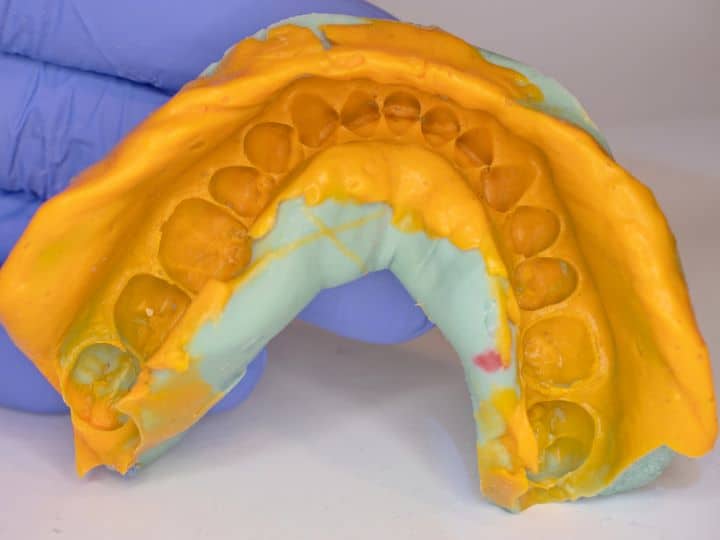
He’ll attach the note with the impression to let the dental technician know about the tooth shade and the type of material to be used.
- Placing the temporary bridge
Before leaving the dental office, you’ll be offered a dental bridge made up of temporary material. This will satisfy your aesthetic and functional needs until you receive your permanent prosthesis.
- Fitting the permanent bridge
You’ll be called a week or two later to get your permanent prosthesis fixed with a dental cement.
Dental Bridge Cost
On average, a 3-unit dental bridge costs somewhere between $500 to $1500 for a conventional bridge. However, the price can increase up to $2500 for bonded bridges like Rochette and Virginia.
The factors that decide the cost of dental bridges are:
1) The type of bridge:
Bonded bridges and implant-supported bridges are costly when compared to conventional bridges.
2) Type of bridge material:
Zirconia and ceramic are costly when compared to stainless steel. Pure metals like gold can cost you more than other materials.
3) Bridge unit:
The larger the bridge unit, the greater the cost. A 3-unit bridge with 2 retainers and 1 pontic will cost you less when compared to 5 5-unit bridge with 2 retainers and 3 pontics.
4) Other treatments needed:
Before dental bridge installation, you may need to have root canal treatment of your pillar teeth. This can cost you additional money.
5) The location of your clinic
Some clinics in the US are more costly than others. The locality of your dental clinic will majorly decide the cost.
Common Dental Problems That Can Arise With Dental Bridges
1) Dental Bridge May Fall Off
Although dental bridges are supposed to stay functional for decades, they may fall off if they’re inadequately constructed.
Also, if you have neglected oral hygiene, your bridge may loosen over time and may fall off.
2) Cracks
Porcelain fractures are very commonly seen in dental bridges. A crack bridge may cause discomfort and can also serve as a platform for plaque to harbor.
3) Gaps
If the retainer dental crowns are not prepared well, there’s a high risk of dental caries initiating on the pillar teeth.
4) Bad Breath
Pontics and retainers are hard to clean. Plaque harbor at these places causes gum diseases, leading to bad breath
Caring for Your Dental Bridge
Special care has to be taken with the bridges.
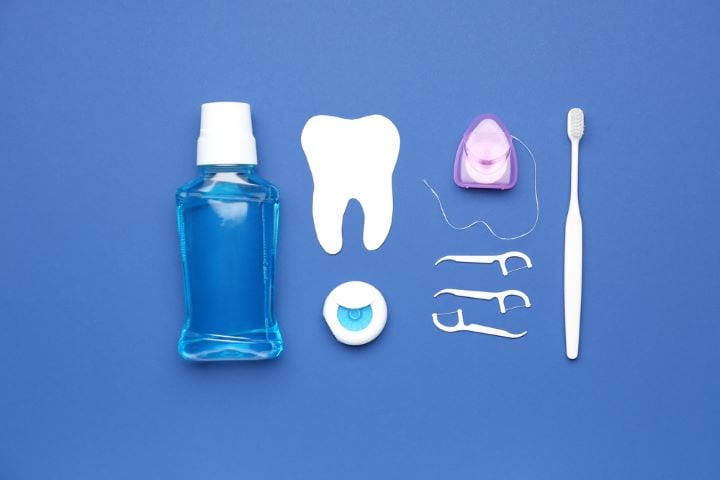
1) Use a Soft-Bristled Brush
Being gentle with cleaning using a soft bristles brush can help you remove plaque from the retainers and pontics.
2) Avoid Chewing Hard Foods
Don’t eat hard and sticky foods with the dental bridge. This will keep them safe from distorting.
#3 – Regular Dental Inspection
Visit your dentist regularly. Get your bridge checked twice annually to figure out if there is any problem.
How long does a dental bridge last?
A dental bridge can last two decades or more. After this period, the materials tend to deteriorate, and the pillar teeth lose their strength over time.
You may lose your pillar teeth as well, and for this purpose, dental implants are considered to be the better option when compared with dental bridges.
How long does it take to get used to a dental bridge?
It might take a few weeks before you fully get comfortable with your dental bridge.

